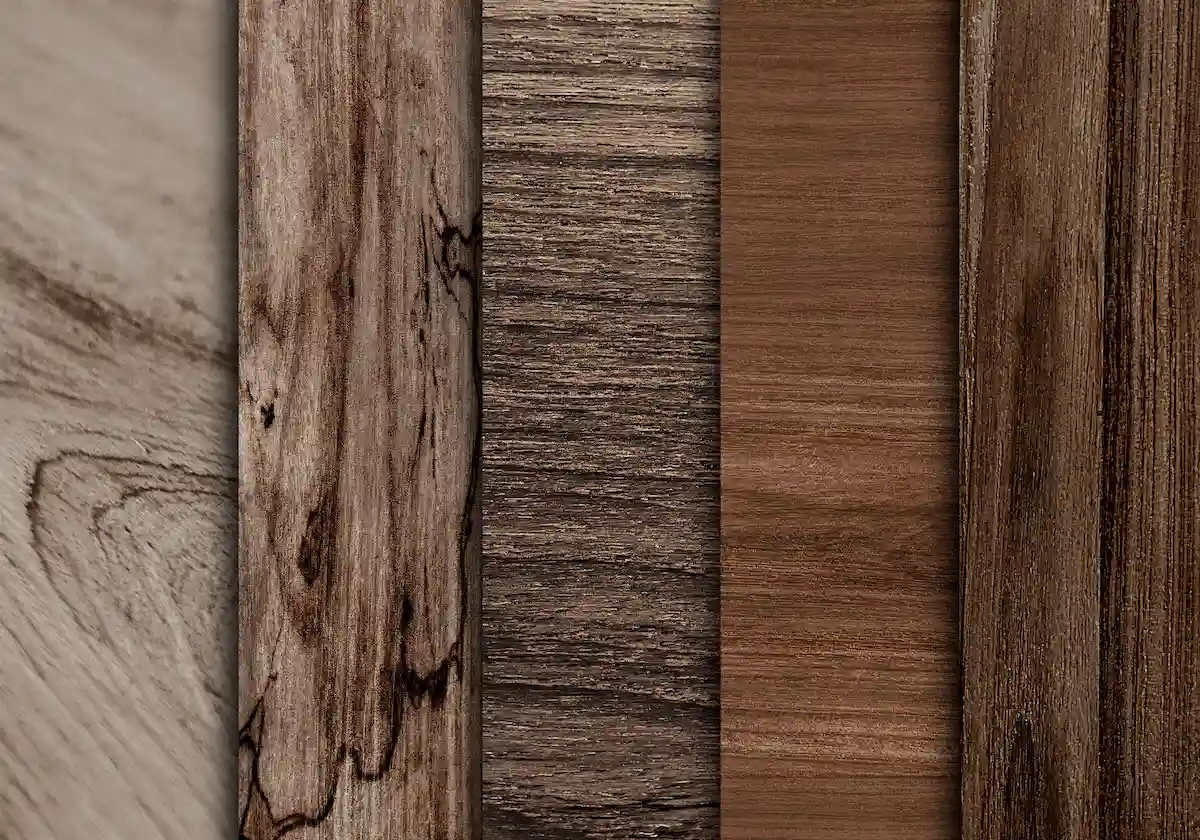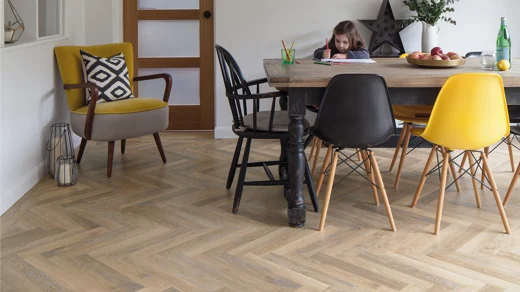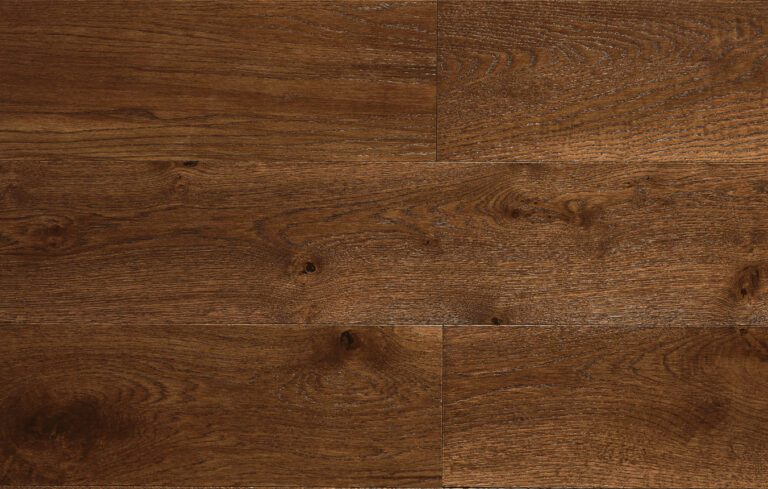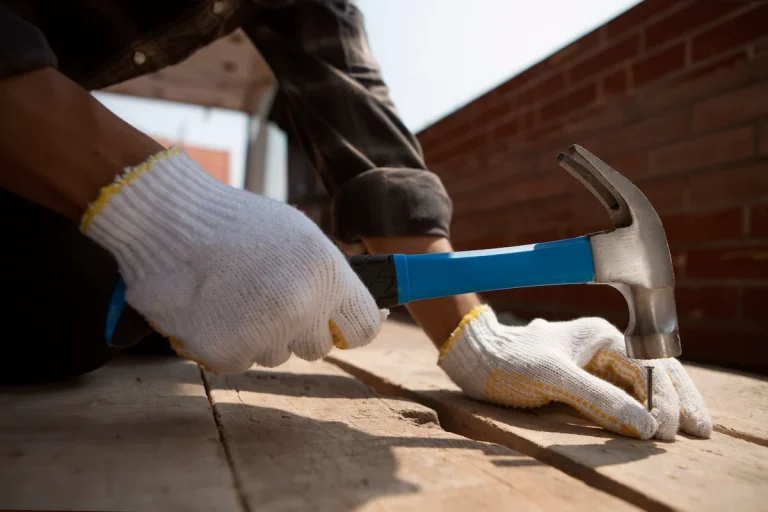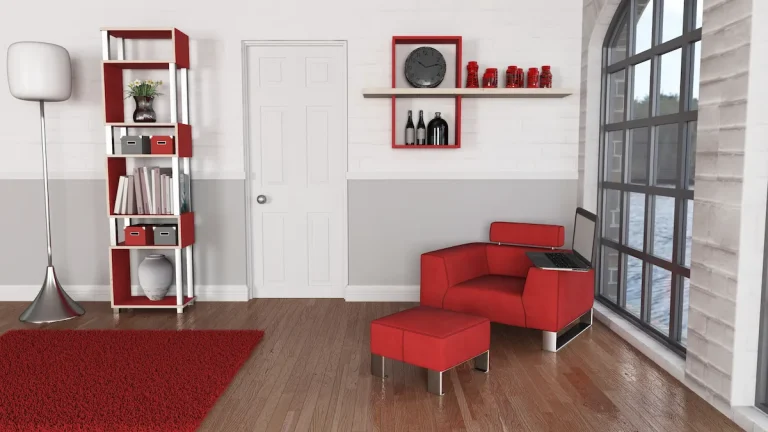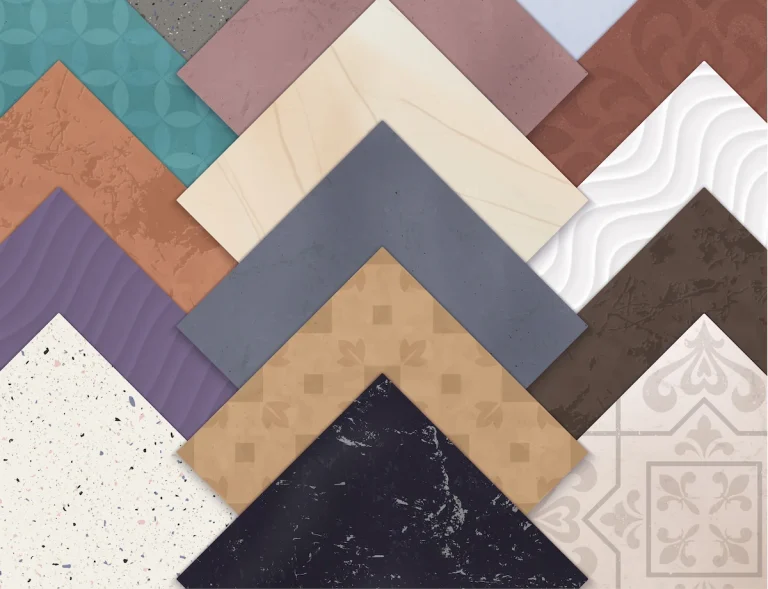Selecting the right flooring material is a significant decision that affects the aesthetics, durability, and functionality of a home. Solid wood flooring and engineered wood flooring are two highly popular choices, each offering distinct advantages. This guide will explore their differences, benefits, and drawbacks to help you choose the most suitable option for your needs.
Understanding Solid Wood Flooring and Engineered Wood Flooring
When considering solid wood flooring and engineered wood flooring, it is vital to understand their fundamental differences. Solid wood flooring is crafted from a single piece of hardwood, while engineered wood is made by layering multiple materials with a hardwood veneer on top. Both offer beauty and performance but behave differently under varying environmental conditions.
1. Composition
Solid wood flooring consists entirely of natural hardwood such as oak, walnut, or maple, delivering unmatched authenticity and durability. In contrast, engineered wood flooring uses a plywood or HDF core topped with a genuine hardwood layer, offering superior stability against moisture and temperature fluctuations.
2. Durability
Solid wood flooring can be sanded and refinished numerous times, extending its lifespan significantly. Engineered wood also boasts impressive durability, particularly in challenging environments, thanks to its layered construction.
3. Aesthetic Possibilities
While both flooring types provide beautiful visual options, engineered wood flooring often offers greater versatility in terms of widths, finishes, and styles due to its advanced manufacturing processes.
Installation Considerations for Solid Wood Flooring vs. Engineered Wood Flooring
Choosing between solid wood flooring and engineered wood flooring also involves understanding their installation methods. Each requires different techniques and has varying suitability depending on the project space.
1. Tongue and Groove
Solid wood flooring often utilises the traditional tongue and groove system, ensuring a secure and seamless fit. This method requires careful spacing to accommodate expansion and contraction.
2. Glue-Down and Floating Methods
Engineered wood flooring supports glue-down and floating installations. Glue-down provides a robust, permanent fixture ideal for high-traffic areas, while floating floors offer easier, quicker installation, making them a popular choice for DIY enthusiasts.
3. Underfloor Heating Compatibility
Engineered wood is notably better suited for use with underfloor heating systems, adding another advantage over solid wood options in modern homes.
Comparing Durability and Maintenance for Solid Wood Flooring vs. Engineered Wood Flooring
Durability and ease of maintenance are key considerations when selecting between solid wood flooring and engineered wood flooring.
1. Solid Wood Flooring Maintenance
Solid wood requires more intensive maintenance, including periodic refinishing to restore its natural beauty. Proper care ensures it can last for generations, retaining its value and charm.
2. Engineered Wood Flooring Maintenance
Engineered wood demands less maintenance, mainly needing regular sweeping and occasional damp mopping. Its moisture-resistant properties help maintain appearance without the need for frequent refinishing.
3. Lifespan and Performance
Although solid wood can outlive engineered wood with careful maintenance, engineered flooring generally withstands modern household demands better, particularly in spaces prone to humidity.
Evaluating Costs of Solid Wood Flooring and Engineered Wood Flooring
Cost plays a pivotal role in deciding between solid wood flooring and engineered wood flooring. Both materials differ substantially in initial and long-term expenses.
1. Initial Investment
Solid wood flooring typically commands a higher upfront cost. However, its potential for multiple refinishing cycles may extend its overall value over decades.
2. Engineered Wood Affordability
Engineered wood flooring often presents a more affordable initial investment. Although it may not last as long as solid wood, its stability, reduced maintenance needs, and lower installation costs make it a compelling option for many homeowners.
3. Hidden Costs
Both types may incur additional expenses for professional installation, maintenance, and occasional repairs, so factoring these into the budget is essential.
Pros and Cons of Solid Wood Flooring vs. Engineered Wood Flooring
Every flooring choice comes with advantages and disadvantages. Comparing solid wood flooring and engineered wood flooring can illuminate which better suits your household.
Pros and Cons of Solid Wood Flooring
The pros:
- Longevity: Can last for generations with proper care.
- Refinishing: Can be sanded and refinished multiple times.
- Aesthetic Appeal: Offers unparalleled natural beauty and grain variation.
- Sustainability: FSC-certified options provide eco-friendly choices.
The cons:
- Moisture Sensitivity: Prone to warping in humid environments.
- Cost: Higher upfront and maintenance costs.
- Installation Restrictions: Unsuitable for certain settings like basements.
Pros and Cons of Engineered Wood Flooring
The pros:
- Stability: Excellent resistance to moisture and temperature changes.
- Cost Efficiency: Lower installation and material costs.
- Versatile Installation: Compatible with various subfloors and underfloor heating.
- Eco-Friendly Options: Many products utilise sustainable materials.
The cons:
- Limited Refinishing: Fewer opportunities to sand and refinish.
- Potential Wear: May show wear in extremely high-traffic areas sooner than solid wood.
Deciding between solid wood flooring and engineered wood flooring ultimately depends on your home’s conditions, your budget, and your aesthetic goals. Each type offers distinct advantages that cater to different lifestyles and needs.
If you are looking for expert advice and top-quality flooring options, TEKA Flooring is here to help. Explore our beautiful range of engineered wood flooring solutions to transform your home today. Visit TEKA Flooring and find the perfect flooring fit for your space.
Read also:


























